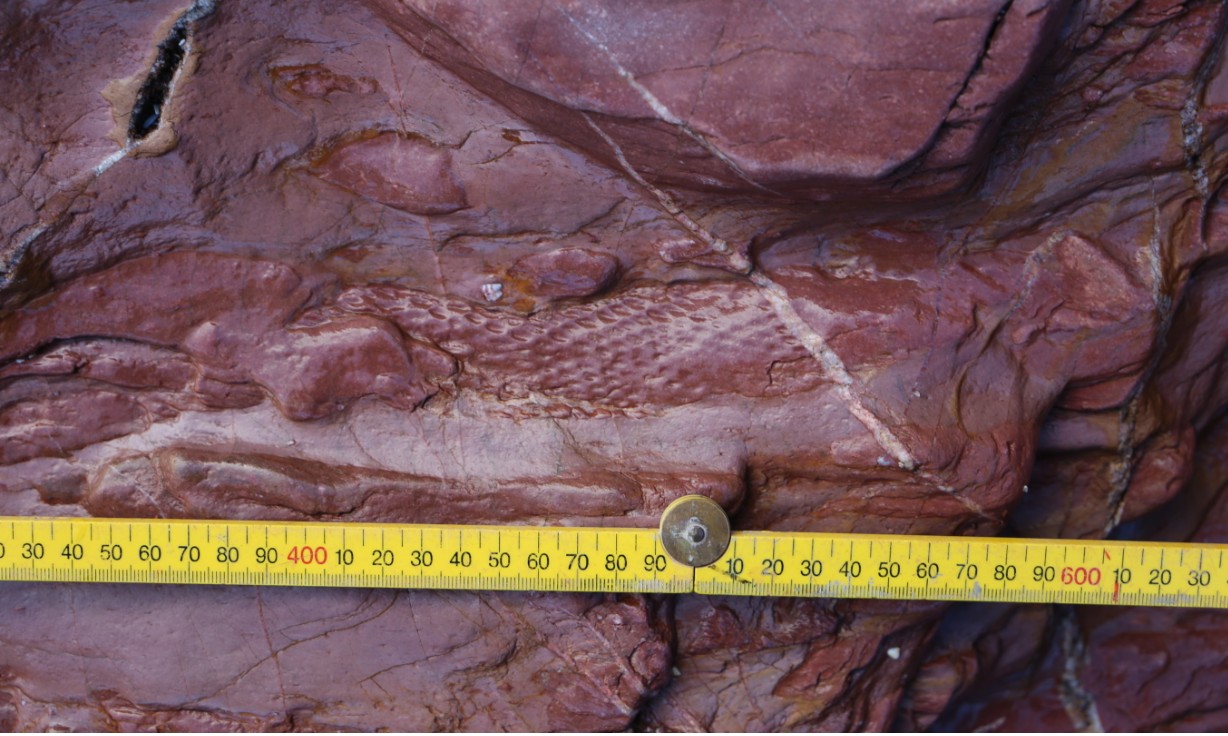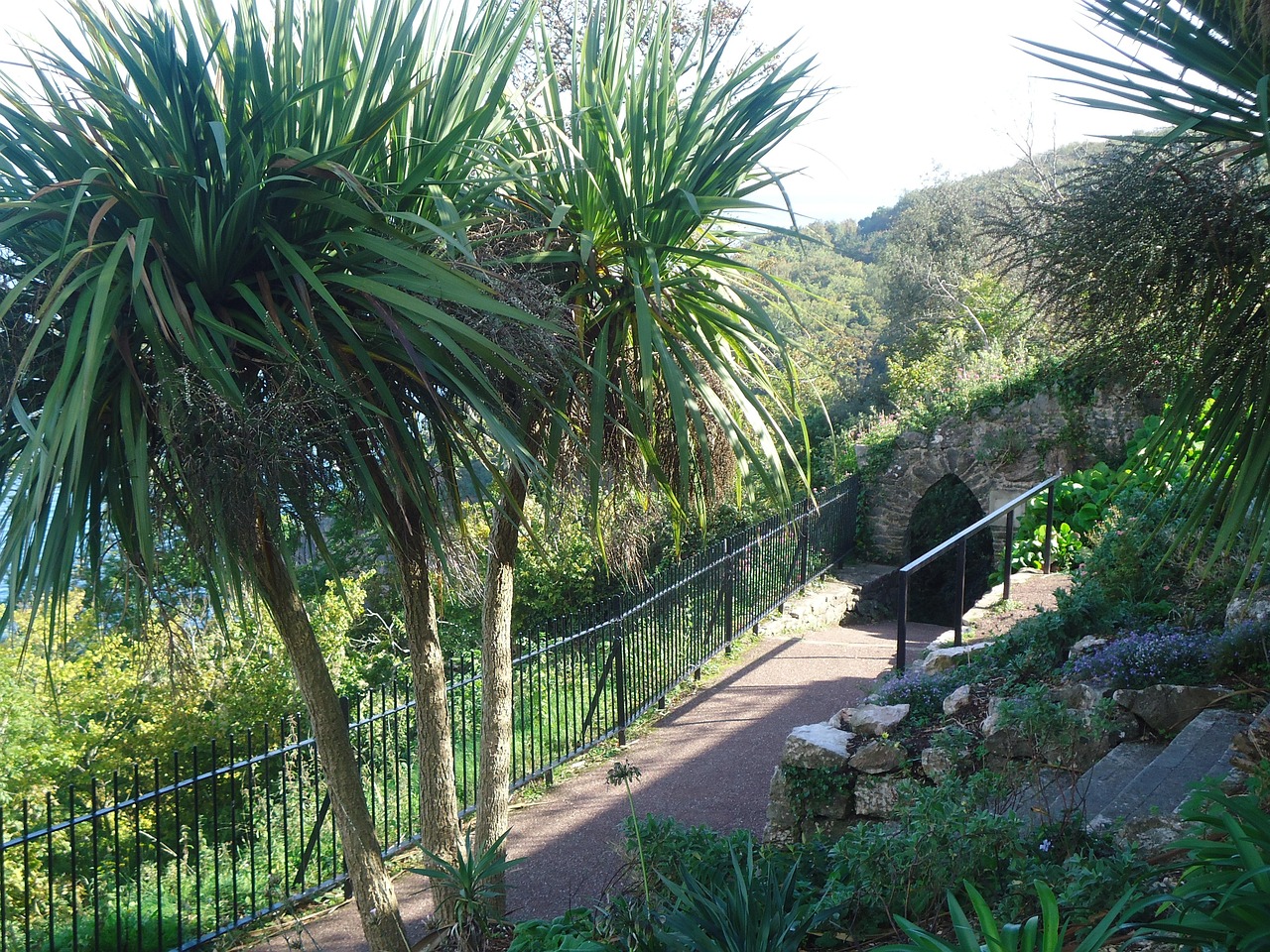A tree fossil dating back 377 million years and found on a Paignton beach is going on public display.
The fossil comes from a time when the area was a 'Desert Island' - and it looks just like a
Torbay palm of today.
The discovery was made in the English Riviera UNESCO Global Geopark at Saltern Cove and goes on display on Saturday September 6 at
Torquay Museum.
The fossil is believed to be around 377 million years old from a primitive tree shedding new light on the region's unique and rich geological history.
It was discovered by Dr Kevin Page during a condition survey of Sites of Special Scientific Interest in South Devon’s UNESCO Geopark for Natural England in 2024.
The fossil belongs to a primitive tree known as 'lycopsids' and will provide scientists with a unique glimpse into the ancient landscape of Torbay. Remarkably, experts say it looks like today’s Torbay palm.
These early, simple trees were the ancestors of giant trees that contributed to coal formation, but these trees were probably no more than four meters in height.
This discovery is a testament to the unique and diverse landscape of the English Riviera UNESCO Global Geopark, which extends from
Brixham to Maidencombe and encompasses the whole of Torbay and its marine territory.
The discovery has sparked excitement among the scientific community.
Dr Kevin Page, President of ProGEO and Honorary Senior Research Fellow at Camborne School of Mines, University of Exeter, said: "These fossils are incredibly significant as they provide valuable insights into the prehistoric environment of Torbay, including the presence of volcanic islands with trees growing on them.
"This could potentially be the first record of a Devonian desert island with trees, a truly remarkable find.”
Due to its significance, the discovery was kept under wraps for some time while the Geopark coordinated a working group.
Experts from Universities of Exeter, Plymouth, Cardiff and Lille in France, along with Natural England came together to ensure the best and most appropriate outcomes for the find.
Following site visits and much discussion, it became clear that the fossils were at risk of erosion by the winter storms and due to its rarity, a recovery operation was launched to conserve it.
Being an area of international significance, the Geopark coordinator, Melanie Border, took responsibility for ensuring all the required permissions were in place and expert care taken to excavate and preserve the fossils for future generations.
The recovery was conducted by expert geologists. The fossil was winched up the cliff by Hi-Line and supervised by Health and Safety professionals.
The fossil being put on display is part of a collection of fossils recovered at the time and now in the care of Torquay Museum’s curatorial team, before it undergoes academic study and preparation over the coming months.
Melanie Border, said: “I am extremely excited about this fossil discovery at Saltern Cove. To date our Devonian age rocks have only provided evidence of a marine environment but we now have evidence of volcanic islands and trees too.
"What’s truly remarkable though is that this isn’t just a first for us but it is also a global first to have the evidence of the trees with this volcanic island setting so this has true international significance for understanding the Devonian.
“This discovery really opens a whole new chapter of changing environments and conditions for us and highlights the importance of preserving and studying our natural heritage.”
Alexandra Hemming, Senior Executive at Torquay Museum, said: “Torquay Museum’s primary purpose is to preserve and showcase the rich, diverse natural and human heritage of the area, and caring for this ancient tree fossil is a real privilege.
"This amazing fossil is on display from Saturday September 6 in the open-access entrance lobby area of the Museum, offering local residents and visitors an opportunity to see one of the rarest fossils from the geological era known as the Devonian and certainly the most significant item we have in our collections from this period, named after Devon.” -


